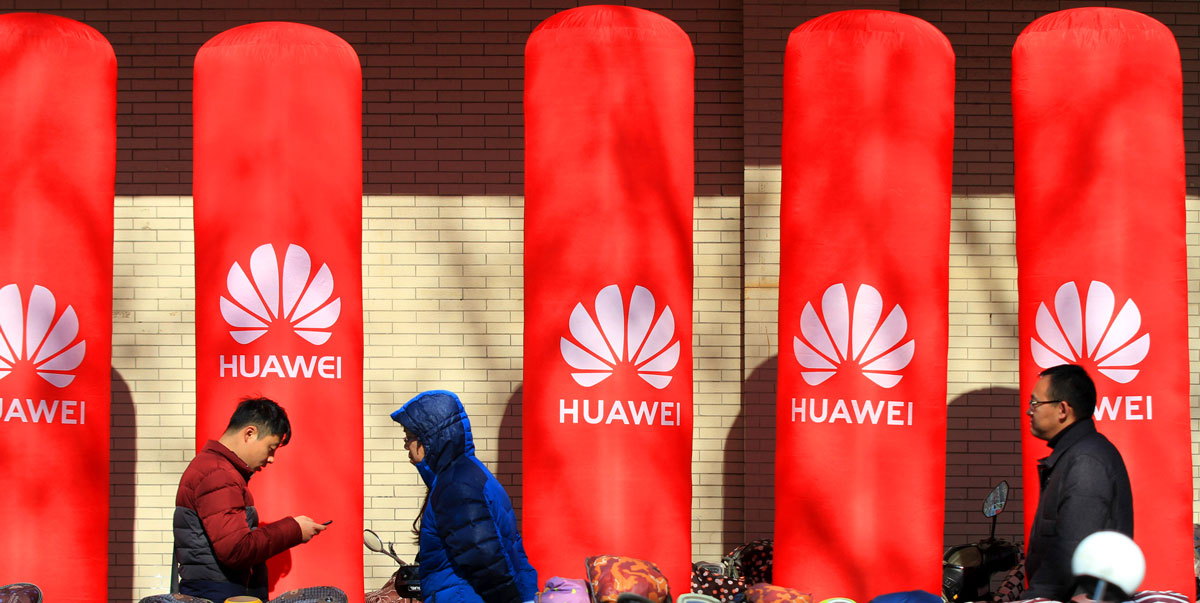The UK will let Huawei provide “non-core” equipment in its 5G network

The decision puts the UK at odds with the US, which banned government agencies from using Huawei equipment last August and has been pressuring its allies to follow suit ever since.
What’s happened: Prime Minister Theresa May gave the go-ahead for Huawei to help build the UK’s 5G network yesterday, The Telegraph reports. However, its role will be confined to supplying "non-core" equipment, such as antennas and base stations. The decision was agreed by a committee of senior ministers, but at least five of the committee members were said to have raised objections.
A meaningless distinction? Last August, Australia concluded that it was not possible to manage the national security risks involved in letting Huawei equipment into its 5G network (an approach favored by the UK). In October, one of its spy chiefs, Mike Burgess, claimed that the difference between core and non-core technology becomes increasingly meaningless with 5G. He said this is because “sensitive functions” start to move outside the core to take advantage of the lower latencies that 5G offers. The UK has yet to explain the reasons behind its decision.
A reminder: Huawei has repeatedly denied that it would ever act on orders from the Chinese government. It claims it has been the victim of a witch hunt, fueled by the US’s fears that it is lagging behind China technologically.
This story first appeared in our daily newsletter, The Download. Sign up here to get your dose of the latest must-read news from the world of emerging tech.
Keep Reading
Most Popular
Large language models can do jaw-dropping things. But nobody knows exactly why.
And that's a problem. Figuring it out is one of the biggest scientific puzzles of our time and a crucial step towards controlling more powerful future models.
The problem with plug-in hybrids? Their drivers.
Plug-in hybrids are often sold as a transition to EVs, but new data from Europe shows we’re still underestimating the emissions they produce.
Google DeepMind’s new generative model makes Super Mario–like games from scratch
Genie learns how to control games by watching hours and hours of video. It could help train next-gen robots too.
How scientists traced a mysterious covid case back to six toilets
When wastewater surveillance turns into a hunt for a single infected individual, the ethics get tricky.
Stay connected
Get the latest updates from
MIT Technology Review
Discover special offers, top stories, upcoming events, and more.